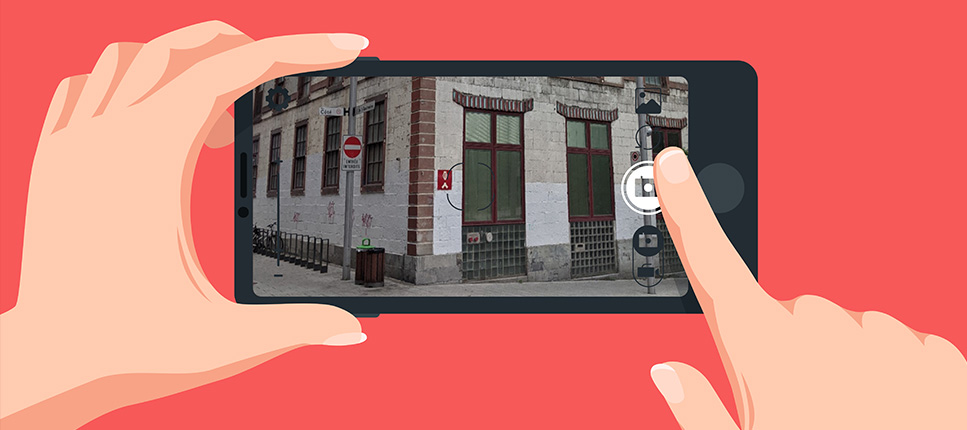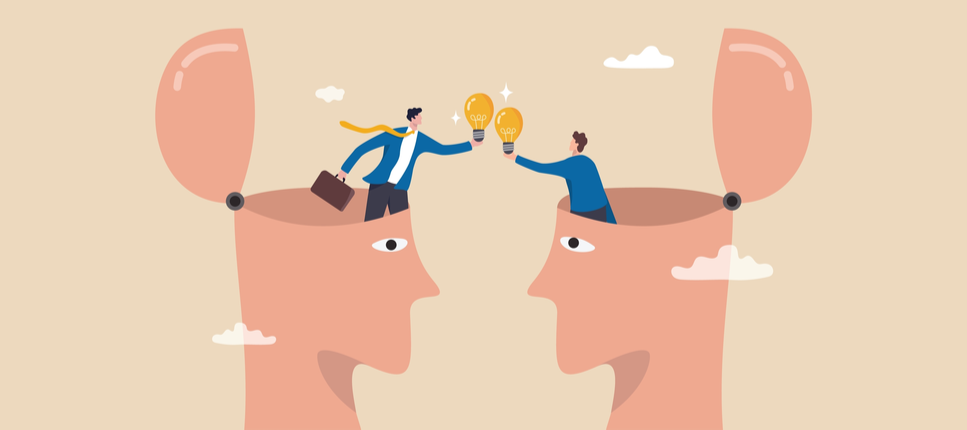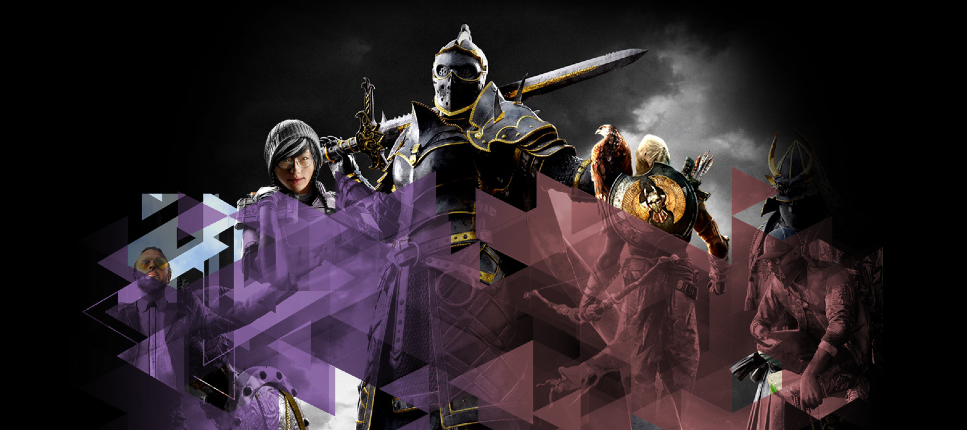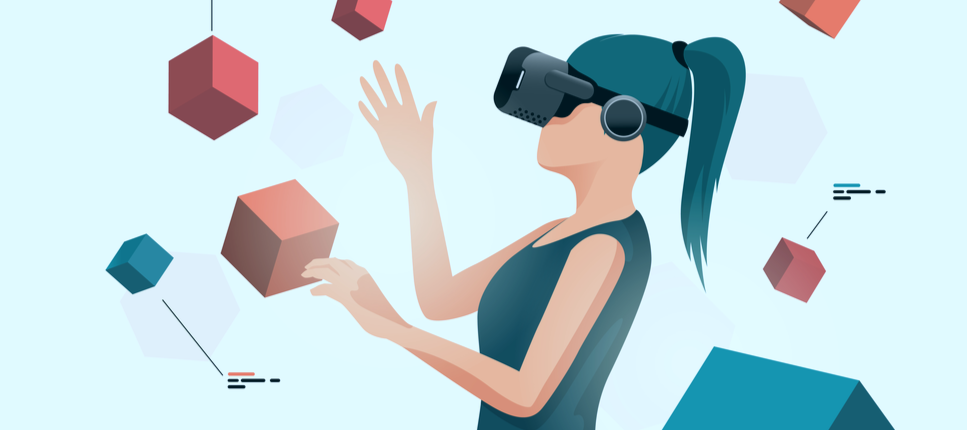In a world where the boundaries of knowledge are constantly expanding, staying ahead of the curve is not just an option, it’s a necessity.
Delve into the fascinating intersection of educational technologies, workplace transformation, upskilling, reskilling, neuroscience, artificial intelligence, virtual reality, and the vast universe of learning.
Using Photogrammetry to Immortalize a Historical Landmark
How real can the virtual get? Quite real. Photogrammetry is a technology that allows us to recreate real-life objects and spaces in the virtual world while retaining photorealistic qualities and life-size scales. This article will explore how this technology works, why it can become a powerful tool for educators, and how you can leverage it in your curriculum designs.
Learning Old English through a gamified experience
This course, built for Concordia University, studies the fantasy novels of J.R.R. Tolkien alongside the works of Old English literature that inspired him, considering the grammar of Old English.
Meeting your learning objectives in XR
If you, like many in the field of education, are suddenly noticing an avalanche of information concerning the use and revolutionary potential of extended reality (XR) technologies in education and find it difficult to make heads or tails due to the endless stream of technical terms and lofty promises, you are not alone. Here are some guidelines to help you find your way around and clear up some misconceptions about them.
4 Branches of Neuroscience
The field of neuroscience deals with studying the nervous system, from neurons to behaviour, and calls upon a vast array of disciplines ranging from biology to chemistry, including mathematics and computer science. This field is diverse and can be broken down into several branches or sub-disciplines. Here are the main ones!
Comic Books for Learning: The Case of Superman
Superheroes speak to learners of all ages in a way they identify with. For education, these heroes can “fight” for our learners by making references, metaphors, humour, and heavy content accessible in a way not many other fantasy characters can do. That’s because few other characters have joined the masses of multiple generations the way comic book superheroes have. To better conceptualize the application of such superheroes to education, let’s further explore Superman and what he could represent for learners.
5 Milestones in the History of Neuroscience
First coined in the 1960s, the term "neuroscience" refers to the scientific study of the nervous system, including our fascinating brain, from its most fundamental aspects, such as molecules and cells, to the integrative dimensions that underlie our cognitive and behavioural functions. Although much remains to be discovered, giant steps have been made in this field over the past few decades. To appreciate how far we have come, nothing is better than looking back at some of the milestones that have marked this history.
Stress and memory
From encoding to recall to consolidation, stress can interfere with each of the key stages of memory. In fact, it represents one of the biggest obstacles to the smooth running of this process. Even once information is stored in our long-term memory, stress can momentarily prevent us from retrieving it. That said, the relationships between stress and memory are complex chemistry, some of which may surprise you. Here's a look at some of them!
Game Creators’ Odyssey – Ubisoft’s recipe on game design
The Game Creators’ Odyssey is the gateway to an epic quest, where learners acquire gainful knowledge on game creation. They are challenged by design activities and rewarded with exclusive content. They also engage with fellow game creators, together, creating a strong community of practice.
Neuroscience: 3 Mistakes to Avoid When Studying
Knowing more about the modus operandi of a learning brain allows us to re-evaluate our approaches to teaching and studying. As we know, studying is just as important as attending class, if not more so. However, thanks to neuroscience, we now know that not all study strategies are equal and that some are even counterproductive, despite being used for generations. To guide you, here are three mistakes to avoid when you are in study mode!
Integrating Virtual Reality in Higher Education: The Faubourg à m’lasse
Technology is rapidly evolving, and, in this context, it is just of matter of time until its multiple facets move in convincingly in the education field. Virtual Reality, Augmented Reality, or even the implementation of Artificial Intelligence can provide various advantages to any curricula. However, the primary condition of a successful deployment is the reason behind the use of technology, and that is the learning objectives themselves.











